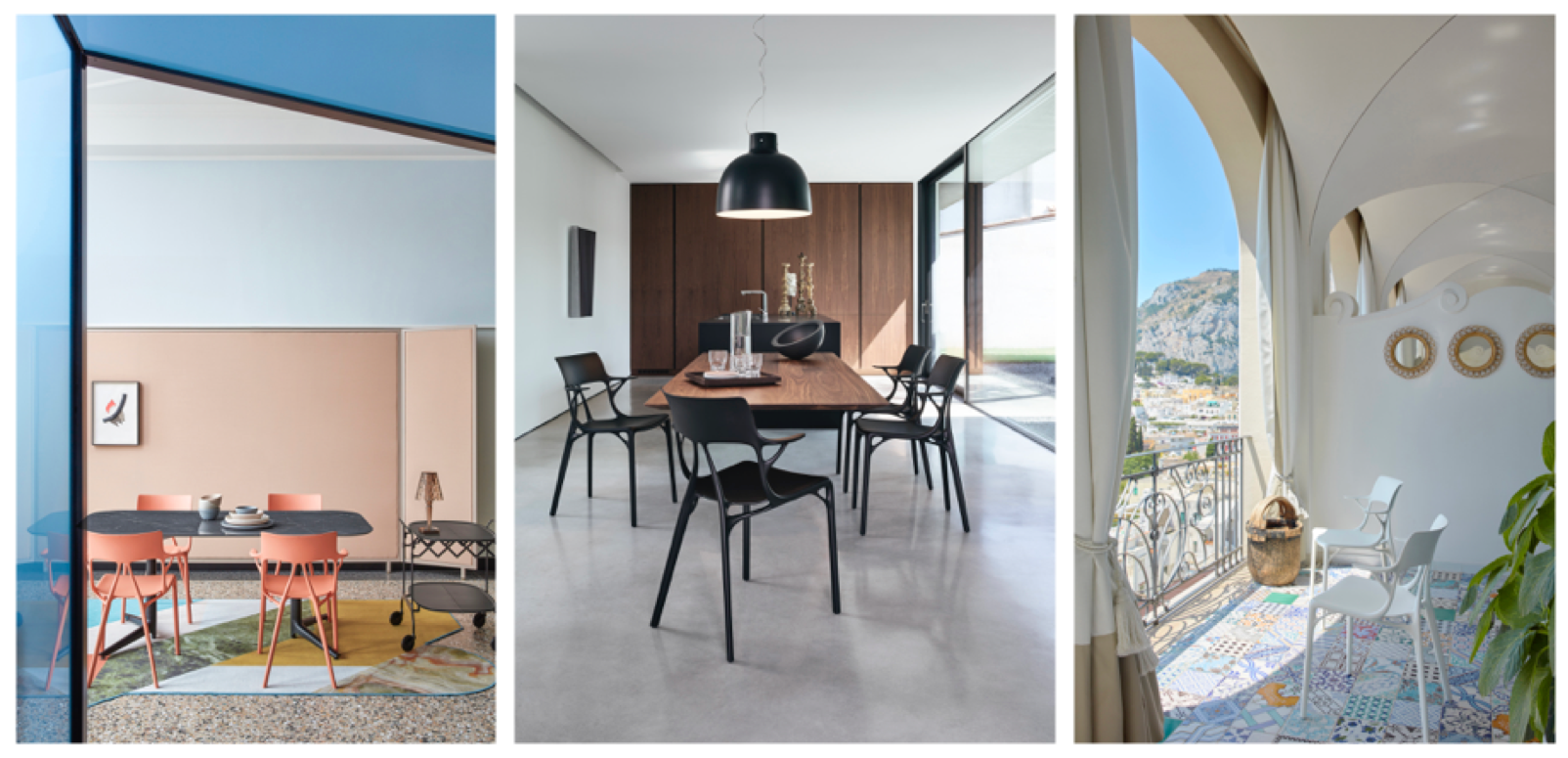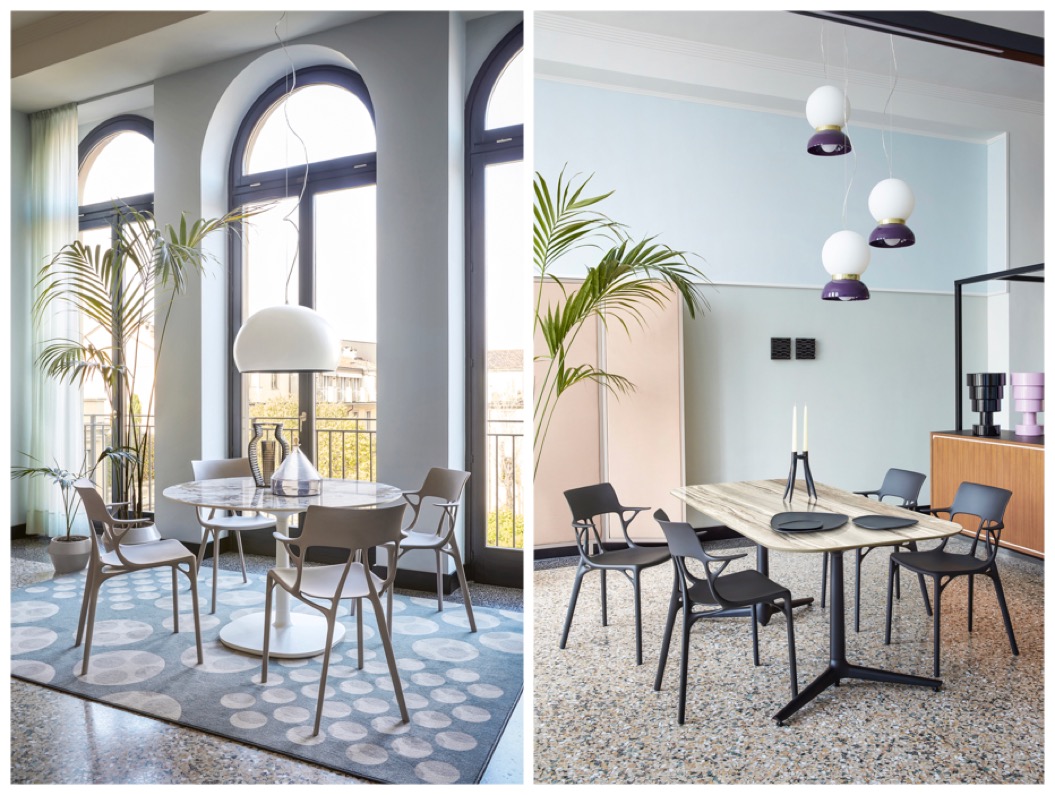
In April 2019, a groundbreaking moment in design history was achieved when the first chair created through a collaboration between humans and artificial intelligence was unveiled at Milan Design Week. This innovative piece, known as the "A.I. Chair," was the result of a partnership between renowned designer Philippe Starck, the Italian furniture brand Kartell, and Autodesk, a leading software company in design and engineering.
The A.I. Chair was developed using generative design, an advanced form of artificial intelligence that leverages cloud computing to generate optimized designs for products, buildings, and systems. This approach allows for more efficient and sustainable outcomes by exploring countless design possibilities quickly and effectively.
Since its debut, the A.I. Chair has become available for purchase, marking a significant step forward in combining cutting-edge technology with modern design. Currently, it's being officially launched at two major international interior design fairs—IMM in Cologne and Maison & Objet in Paris. The launch highlights not only the aesthetic appeal of the chair but also its commitment to sustainability.
Kartell is manufacturing the A.I. Chair entirely from 100% recycled materials, which are carefully selected to maintain both the visual quality and structural integrity of the product. This marks the first time that the globally recognized furniture company is using materials derived solely from industrial production scraps, showcasing their dedication to environmental responsibility.
"This chair is a perfect example of how the design and manufacturing industry is moving toward sustainability and circularity," says Arthur Harsuvanakit, Senior Designer at Autodesk. Kartell has long been committed to sustainability, and in 2019, on the occasion of their 70th anniversary, they introduced a manifesto titled “Kartell Loves the Planet,†emphasizing their ongoing commitment to environmental friendliness.
Philippe Starck adds, "Unconsciously, we’re trying to produce objects with less material. Ultimately, design is about the theory and strategy to reduce the amount of material used. That’s why it was so important to use the minimum material possible for this chair. We should be trying to use less material with the objects we create."
Upcycling Materials and Circular Design
With an expected 10 billion people living on the planet in the coming decades, it's crucial to rethink how we use materials and energy in a responsible and circular way. For years, products have been designed as if resources were infinite. Now, reducing our impact on the planet is no longer a choice—it's a necessity.
Learn more about Autodesk’s efforts with design and circularity.
Circularity involves using materials in a closed-loop system, aiming to reduce waste by reusing, refurbishing, remanufacturing, recycling, and upcycling. It starts with design. "Circularity is not just about recycling. It's about truly embracing the idea of upcycling and ensuring that the materials we use can be repurposed in new products," said Lynelle Cameron, CEO of the Autodesk Foundation and Vice President of Sustainability for Autodesk.
Claudio Luti, Chairman of Kartell, added, "It’s not about simply creating a product that seems green, but about generating an industrial strategy that involves the entire manufacturing process—from business plans and marketing to communication and sales networks."

How Injection Molding Played a Key Role
During the design process of the A.I. Chair, injection molding was chosen as the best method for mass production. However, this technique comes with certain constraints, particularly regarding the wall thickness of the final product.
"We had to push the tooling to produce solutions with minimal wall thickness for injection molding. That meant figuring out new strategies and adjusting our algorithms to meet those constraints," explained Harsuvanakit. "With generative design, you're able to, in order of magnitude, create more solutions and strive for better ones faster."
The A.I. Chair represents a new era in design—one where innovation, sustainability, and technology come together. Here’s to more opportunities to design and make with less material and more sustainability.
lab-scale twin screw extruder
Extruder For Lab Use,Mini Twin Screw,Lab Type Extruder,Lab Use Twin Screw Extruder
JIANGSU XINDA TECH LIMITED , https://www.xindacompounding.com
